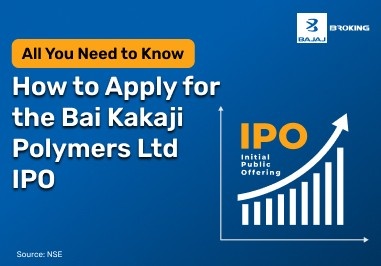Why do investors trade in undervalued stocks?
Undervalued stocks are sometimes known as value stocks and trading in them is called value trading or value investing. Trading and investing in undervalued stocks is commonly undertaken in the stock market and is based on a fundamental premise - that ultimately the market will acknowledge the true potential of undervalued stocks and the prices of these will recover their pace and potentially result in lucrative returns.
When investors invest in undervalued stocks, they do so according to the simple principle of buying and selling. For example, if you know the true value of a stock is high but you find that you can buy it at a low price, you would invest in it. Later, when the stock’s true value is realised by the market, you can sell the same stock at a higher price and make profits. This kind of investing is like buying a product at a discount and selling it when the price rises, to make a profit. Nonetheless, unlike products selling at discounts, undervalued stocks are not advertised. Investors and traders have to sift through several stocks to identify and locate them. However, with research, you can identify stocks of fundamentally strong companies that are trading at low values.
How to Identify Undervalued Stocks
If you wish to find undervalued stocks in India, there are certain metrics you can use to determine these stocks. The first thing you can start your search with is to locate companies with robust financials. You may also examine the company’s brand image, competition, product offerings, and corporate governance track record of the company. All these factors represent the fundamental health of any business. After assessing all these aspects, investors can make decisions about undervalued stocks.
Metrics to Find Undervalued Stocks
Besides looking at a company’s fundamentals, it is vital you consider the intrinsic value of a company’s stock. To determine undervalued stocks, you must identify the stock company’s (or the stock’s) true value. The true value or intrinsic value is a mix of the revenues, financial structure, cash flows, and the profit of a company. Intrinsic value also comprises specific basic factors such as the business model, market structure, and brand, among others. If you want to adequately find undervalued stocks, you must rely on these intrinsic value factors and measures of a company (and its stock):
The Price to book ratio is essentially calculated by dividing the price of the stock of the company by its book value per share. The book value just means the total assets with any liabilities subtracted. Low P/B ratios are likely to be indicative of stocks that are undervalued.
The Price to earnings ratio is simply calculated by dividing the stock price of the company by its earnings per share (EPS). The P/E ratio aids in understanding the relationship between the market stock price and its actual earnings as per the books. A low P/E ratio may represent an undervalued stock and consequently one that may increase in price in the future.
The Price to sales ratio is basically calculated by dividing the company’s market capitalisation by the company’s revenue (the total sales). Market capitalisation reflects the total outstanding shares multiplied by the market price per share. A low P/S ratio is indicative of an undervalued stock and could potentially yield high returns in the long term.
Free cash flow represents the net cash that the company generates after subtracting all the operating expenditures and capital. In case the company has free cash flows, it will have the capital to make any future investments, pay debts, declare dividends, etc. Companies like these with stocks trading at low prices (undervalued stocks) may be potentially positive bets to invest in for future gains.
The Value in Undervalued Stocks
By now you must have gauged that undervalued stocks present opportunities for long-term investment. While considering undervalued stock investment, and deciding on what a potential undervalued stock is, you must do some research on the stock’s intrinsic value. Your decisions may be based on your research into the stock, your financial goals, and your risk potential. It is vital to evaluate the industry that the company belongs to, plus its potential future in the industry, besides company fundamentals alone.
Disclaimer: Investments in the securities market are subject to market risk, read all related documents carefully before investing.
This content is for educational purposes only. Securities quoted are exemplary and not recommendatory.
For All Disclaimers Click Here: https://bit.ly/3Tcsfuc













